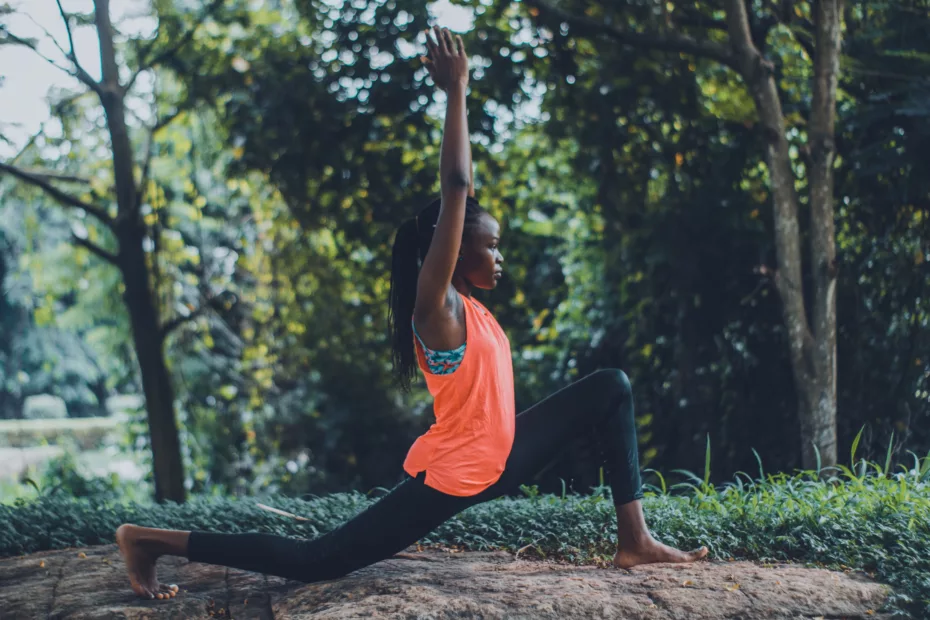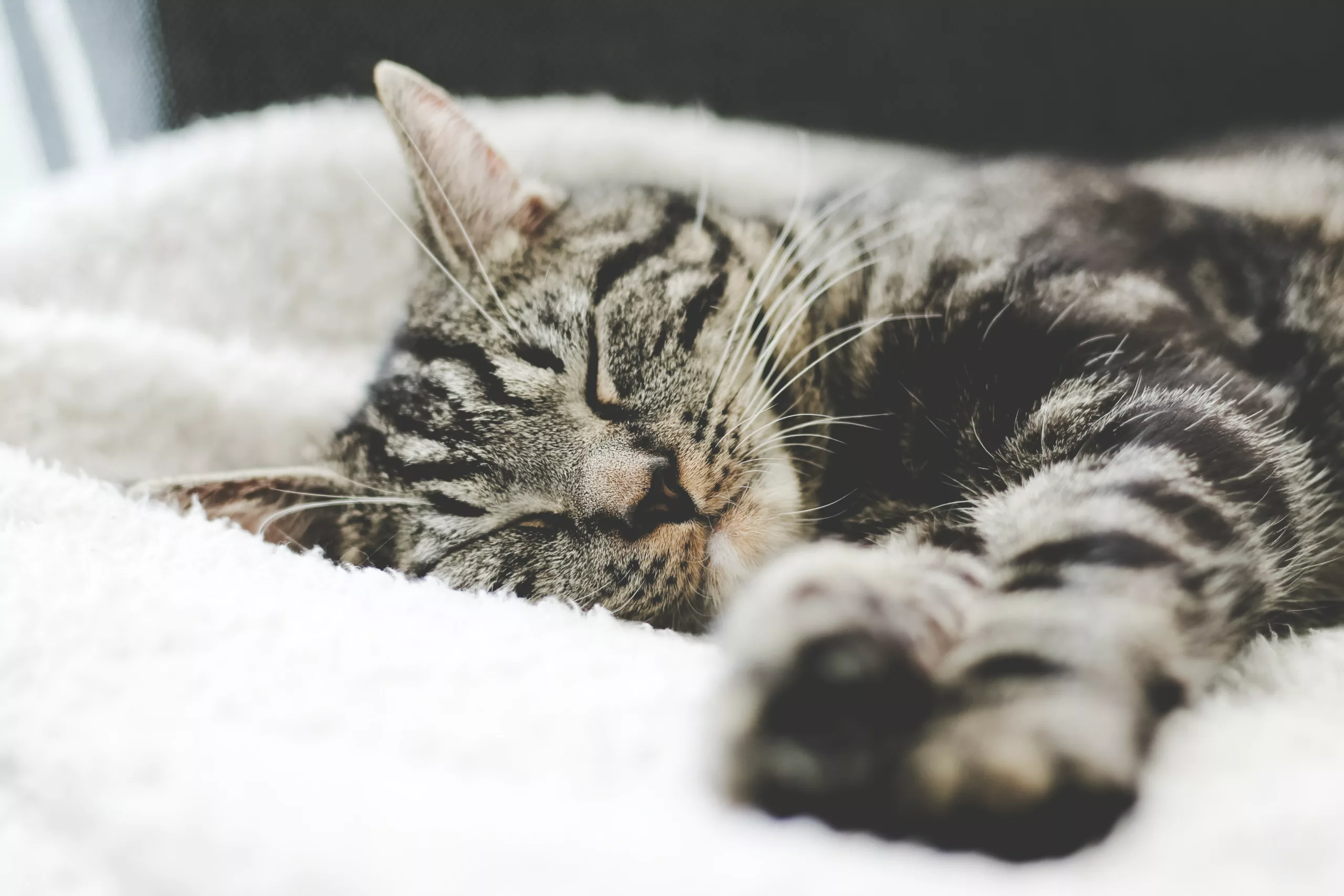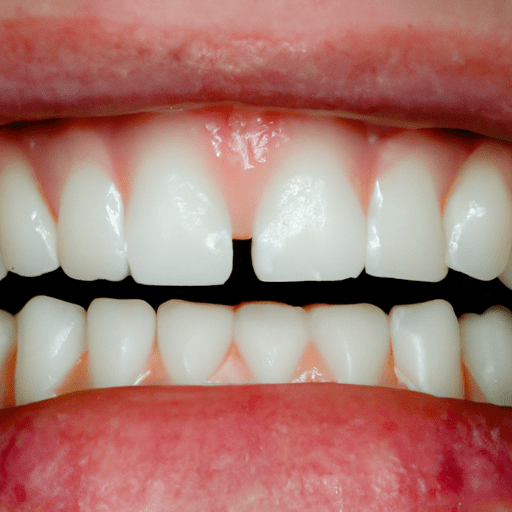Are you tired of restless nights and constant fatigue due to sleep apnea? Look no further! This article will introduce you to the world of yoga techniques specifically designed to manage sleep apnea. By incorporating simple yet effective exercises into your daily routine, you can find relief from this common sleep disorder. Say goodbye to sleepless nights and hello to a rejuvenated and well-rested you!
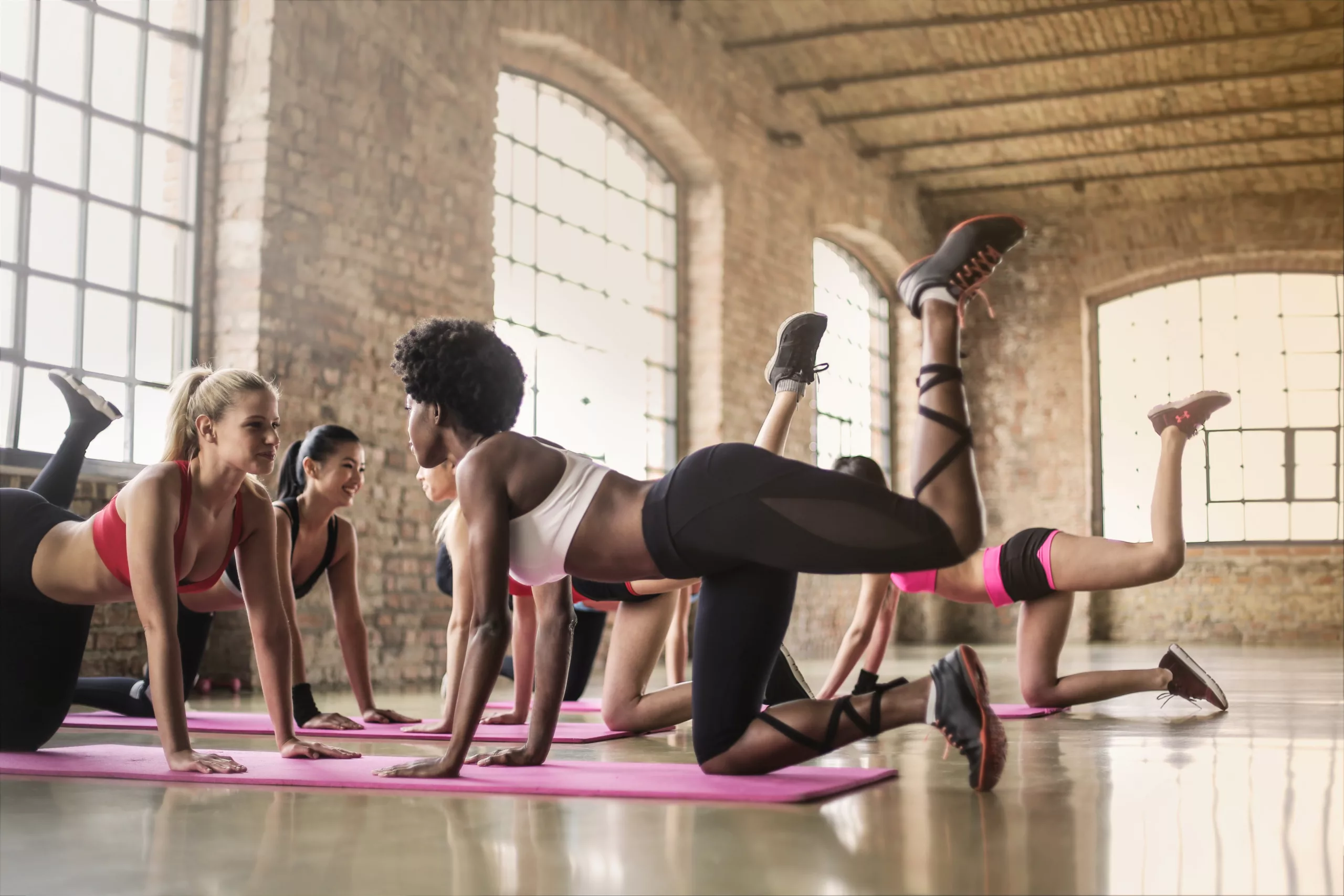
Understanding Sleep Apnea
Sleep apnea is a common sleep disorder that affects many individuals around the world. It is characterized by pauses in breathing during sleep, which can last anywhere from a few seconds to a few minutes. These pauses, called apneas, can occur multiple times throughout the night, leading to disrupted sleep patterns and a decrease in oxygen levels in the body.
Definition of Sleep Apnea
Sleep apnea is classified into two main types: obstructive sleep apnea (OSA) and central sleep apnea (CSA). OSA is the more common type and is caused by a blockage in the airway, usually when the soft tissue at the back of the throat collapses during sleep. CSA, on the other hand, occurs when the brain fails to signal the muscles to breathe properly.
Individuals with sleep apnea often experience symptoms such as loud snoring, morning headaches, excessive daytime sleepiness, and difficulty concentrating. If left untreated, sleep apnea can lead to various health risks and complications.
Causes and Symptoms of Sleep Apnea
There are several factors that can contribute to the development of sleep apnea. Obesity, being overweight, and having a large neck circumference are known risk factors for OSA. Age, gender (males are more likely to develop sleep apnea), family history, and certain medical conditions such as hypertension and diabetes can also increase the risk.
The most common symptoms of sleep apnea include loud snoring, gasping or choking sounds during sleep, morning headaches, daytime sleepiness, irritability, and difficulty paying attention. It is important to seek medical attention if these symptoms are present, as treating sleep apnea can greatly improve overall health and quality of life.
Health Risks Associated with Sleep Apnea
Untreated sleep apnea can have a significant impact on an individual’s health. The repeated drops in oxygen levels and disruptions in sleep can lead to a variety of long-term health problems. Some of the health risks associated with sleep apnea include high blood pressure, heart disease, stroke, type 2 diabetes, and depression.
Furthermore, sleep apnea can also increase the risk of accidents and injuries due to daytime drowsiness and impaired cognitive function. It is essential to address sleep apnea to prevent these health risks and ensure optimal well-being.
The Benefits of Yoga for Sleep Apnea
Yoga, an ancient practice that combines physical postures, breathing techniques, and meditation, has been found to be beneficial for managing various health conditions, including sleep apnea. The gentle movements and controlled breathing involved in yoga can help improve breathing patterns, reduce stress, and promote relaxation, making it a promising complementary therapy for individuals with sleep apnea.
Improving Breathing and Lung Capacity
One of the key benefits of yoga for sleep apnea is its ability to improve breathing and lung capacity. Through specific yoga poses and pranayama techniques, individuals can strengthen their respiratory muscles and increase the efficiency of their breathing. This can help reduce the frequency and severity of apneas during sleep, leading to improved sleep quality and overall well-being.
Strengthening the Respiratory System
Yoga poses that focus on opening the chest and extending the spine can help strengthen the respiratory system. These poses, such as Bhujangasana (Cobra Pose) and Ardha Matsyendrasana (Half Spinal Twist), can enhance lung function and promote better airflow, reducing the risk of airway obstructions during sleep. By regularly practicing these poses, individuals with sleep apnea can experience improved respiratory health and better control over their breathing.
Reducing Stress and Anxiety
Chronic stress and anxiety can contribute to sleep apnea and worsen its symptoms. Yoga, with its emphasis on mindfulness and relaxation, can help alleviate stress and anxiety, creating a more conducive environment for quality sleep. By incorporating yoga into their daily routine, individuals with sleep apnea can experience reduced levels of stress and improved mental well-being, ultimately leading to better sleep.
Precautions before Practicing Yoga
Before beginning a yoga practice to manage sleep apnea, it is important to take certain precautions to ensure safety and prevent any potential exacerbation of symptoms.
Consulting a Healthcare Professional
It is crucial to consult with a healthcare professional before starting any new exercise or breathing regimen, especially for individuals with pre-existing medical conditions. A healthcare professional can provide personalized guidance, assess any underlying health concerns, and recommend specific modifications or precautions based on individual needs.
Modifying Yoga Poses
Not all yoga poses may be suitable for individuals with sleep apnea, especially those that involve inversion or excessive strain on the neck or back. Modifying the poses or using props, such as blankets or blocks, can help alleviate any discomfort or strain. It is important to listen to your body and practice within your limits to avoid any potential injuries.
Creating a Safe Environment
When practicing yoga for sleep apnea, it is important to create a safe and comfortable environment. Find a quiet and well-ventilated space, wear comfortable clothing, and ensure that you have any necessary props or support nearby. This will help you fully focus on your practice and minimize the risk of distractions or injuries.
Yoga Poses to Improve Sleep Apnea
Certain yoga poses can be particularly beneficial for individuals with sleep apnea. These poses focus on opening the chest, improving lung capacity, and strengthening the respiratory system. Here are a few poses that you can incorporate into your yoga practice to help manage sleep apnea:
Sukhasana (Easy Pose) with Deep Breathing
Sukhasana, also known as Easy Pose, is a simple seated posture that promotes relaxation and deep breathing. Sit cross-legged on the floor or on a cushion, with your spine straight and your hands resting on your knees. Close your eyes and take slow, deep breaths, focusing on the sensation of your breath entering and leaving your body. This pose helps calm the mind and prepare it for a restful sleep.
Bhujangasana (Cobra Pose)
Bhujangasana, or Cobra Pose, is a gentle backbend that stretches the chest and opens up the lungs. Start by lying flat on your stomach with your legs extended behind you and your palms placed on the floor next to your shoulders. Slowly lift your chest off the floor, using the strength of your back muscles. Keep your elbows slightly bent and your shoulders relaxed. Take deep breaths in this pose, allowing the expansion of your chest and lungs. Cobra Pose helps improve lung capacity and opens up the airways.
Shavasana (Corpse Pose) with Alternate Nostril Breathing
Shavasana, or Corpse Pose, is an essential pose for relaxation and deep rest. Lie flat on your back, with your arms resting alongside your body and your legs comfortably spread apart. Close your eyes and take slow, deep breaths, allowing your body to relax completely. To enhance the benefits of Shavasana, you can incorporate alternate nostril breathing. Close your right nostril with your right thumb and inhale deeply through your left nostril. Then, close your left nostril with your ring finger, release your thumb, and exhale through your right nostril. Repeat this cycle for a few minutes, focusing on the rhythmic flow of your breath. This combination helps to balance the breath and induce a state of relaxation.
Ardha Matsyendrasana (Half Spinal Twist)
Ardha Matsyendrasana, or Half Spinal Twist, is a seated twist that helps improve spinal flexibility and stimulates the abdominal organs. Sit on the floor with your legs extended in front of you. Bend your right knee and place your right foot on the floor, next to the outer edge of your left thigh. Place your left hand on your right knee and gently twist your torso to the right. You can use your right hand for support behind your back. Take deep breaths as you twist, and feel the stretch in your spine and abdomen. Repeat on the other side. Half Spinal Twist can help improve digestion and enhance the functioning of the respiratory system.
Kapalabhati Pranayama (Skull Shining Breath)
Kapalabhati Pranayama is a powerful breathing technique that involves forceful exhalations and passive inhalations. Sit in a comfortable position, with your spine straight and your hands resting on your knees. Take a deep inhalation, and then forcefully exhale through your nose by contracting your abdominal muscles. Allow the inhalation to happen passively, without any effort. Repeat this cycle for a few rounds, gradually increasing the speed and intensity of the exhalations. Kapalabhati Pranayama helps cleanse the respiratory system, stimulate the abdominal organs, and energize the body.
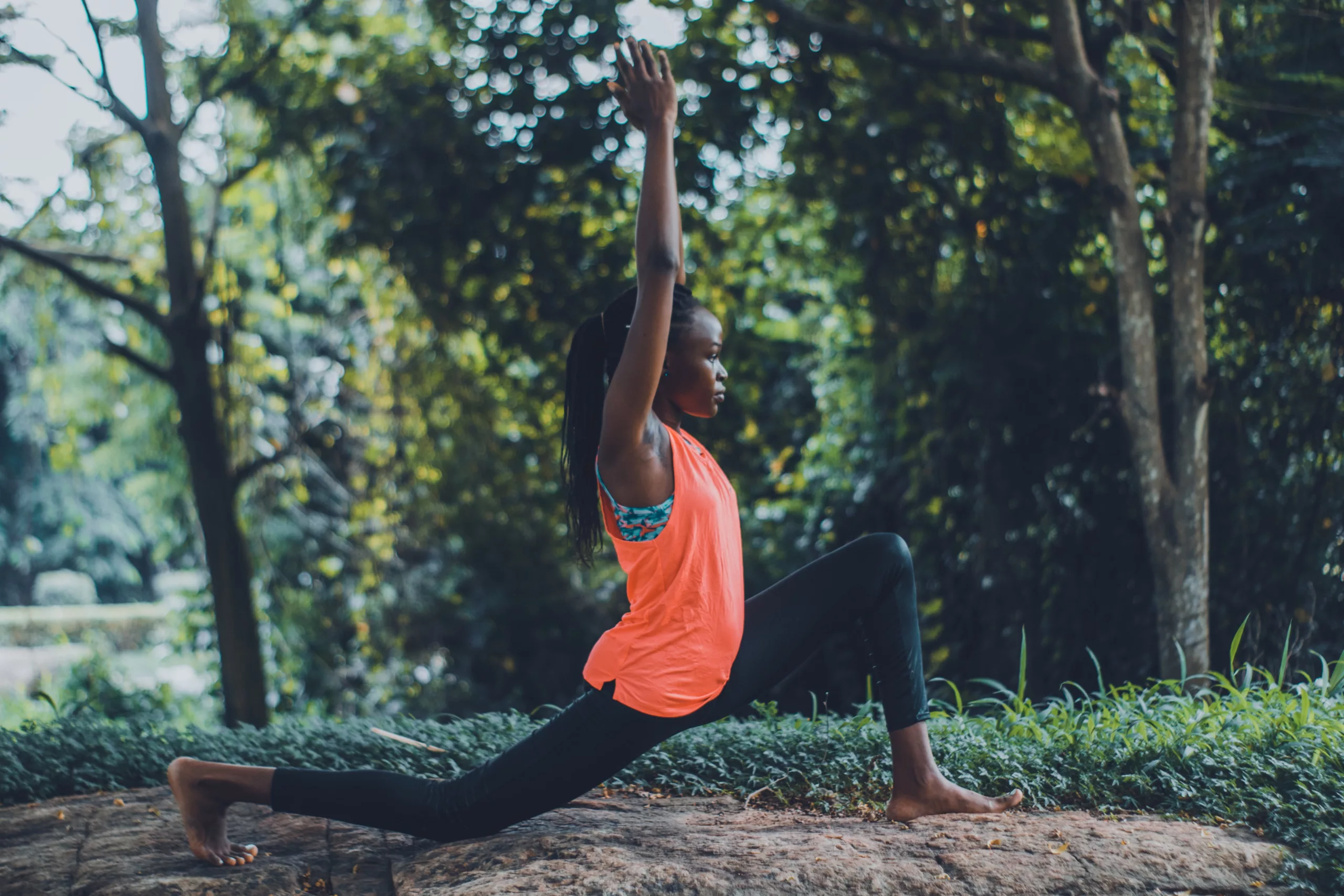
Pranayama Techniques for Sleep Apnea
Pranayama, or yogic breathing, plays a significant role in managing sleep apnea. By incorporating specific pranayama techniques into your yoga practice, you can improve respiratory function, balance the nervous system, and promote better sleep. Here are a few effective pranayama techniques for sleep apnea:
Anulom Vilom (Alternate Nostril Breathing)
Anulom Vilom is a simple yet powerful pranayama technique that involves alternating the breath between the nostrils. Sit comfortably, with your spine straight and your eyes closed. Use your right thumb to close your right nostril, and inhale deeply through your left nostril. Then, close your left nostril with your ring finger, release your thumb, and exhale through your right nostril. Continue this cycle, alternating the nostrils with each breath. Anulom Vilom helps balance the flow of energy in the body, enhances lung capacity, and calms the mind.
Kumbhaka Pranayama (Breath Retention)
Kumbhaka Pranayama is a breath retention technique that involves holding the breath after inhaling or exhaling. Start by sitting comfortably and taking a few deep breaths to prepare your body. Inhale deeply through your nose, filling your lungs completely, and then hold your breath for a few seconds. Exhale slowly and completely, and again hold your breath for a few seconds. Gradually increase the duration of the breath retention as you become more comfortable with the practice. Kumbhaka Pranayama helps strengthen the respiratory muscles, improve lung function, and increase breath control.
Bhramari Pranayama (Bumblebee Breath)
Bhramari Pranayama is a calming breathing technique that resembles the humming of a bee. Sit comfortably and take a few deep breaths to relax your body. Gently close your eyes and place your thumbs on your ear cartilage, lightly covering your ear openings. Place your index fingers on your forehead, just above your eyebrows, and your remaining fingers on your closed eyelids. Take a slow, deep breath in, and as you exhale, create a humming sound by gently pressing your fingers against your forehead and closing your eyes. Repeat this process for a few rounds, focusing on the vibration and soothing effect of the sound. Bhramari Pranayama helps reduce stress, calm the mind, and promote relaxation.
Yoga Breathing Exercises for Sleep Apnea
In addition to specific pranayama techniques, incorporating yoga breathing exercises into your daily routine can further enhance the management of sleep apnea. These exercises focus on deepening and synchronizing the breath, promoting relaxation, and improving respiratory function. Here are a few yoga breathing exercises that can benefit individuals with sleep apnea:
Ujjayi Pranayama (Victorious Breath)
Ujjayi Pranayama is a deep, audible breathing technique that helps to calm the mind and regulate the breath. Sit comfortably and take a few deep breaths to settle into your body. On your next inhalation, slightly constrict the back of your throat, creating a gentle, ocean-like sound. Exhale through your nose, maintaining the slight constriction in the throat. Continue to deepen the breath and listen to the sound it produces. Ujjayi Pranayama helps improve concentration, lengthens the breath, and induces a state of relaxation.
Sheetali Pranayama (Cooling Breath)
Sheetali Pranayama is a cooling breath that can help reduce stress and calm the nervous system. Sit comfortably and take a few deep breaths to center yourself. Curl your tongue so that it forms a tube-like shape. Inhale slowly and deeply through the curled tongue, filling your mouth with cool air. Close your mouth, and exhale gently through your nose. Repeat this cycle for a few rounds, focusing on the cooling sensation in the mouth and throat. Sheetali Pranayama helps reduce body heat, soothe the mind, and promote a sense of relaxation.
Kapalabhati (Skull Shining Breath)
Kapalabhati is a dynamic breathing technique that involves forceful exhalations and passive inhalations. Sit comfortably and take a few deep breaths to center yourself. Begin by quickly and forcefully expelling air from your lungs through your nose, using a vigorous contraction of your lower abdominal muscles. Allow the inhalation to happen passively, without any effort. Repeat this cycle for a few rounds, gradually increasing the speed and intensity of the exhalations. Kapalabhati helps cleanse the respiratory system, energize the body, and enhance mental clarity.
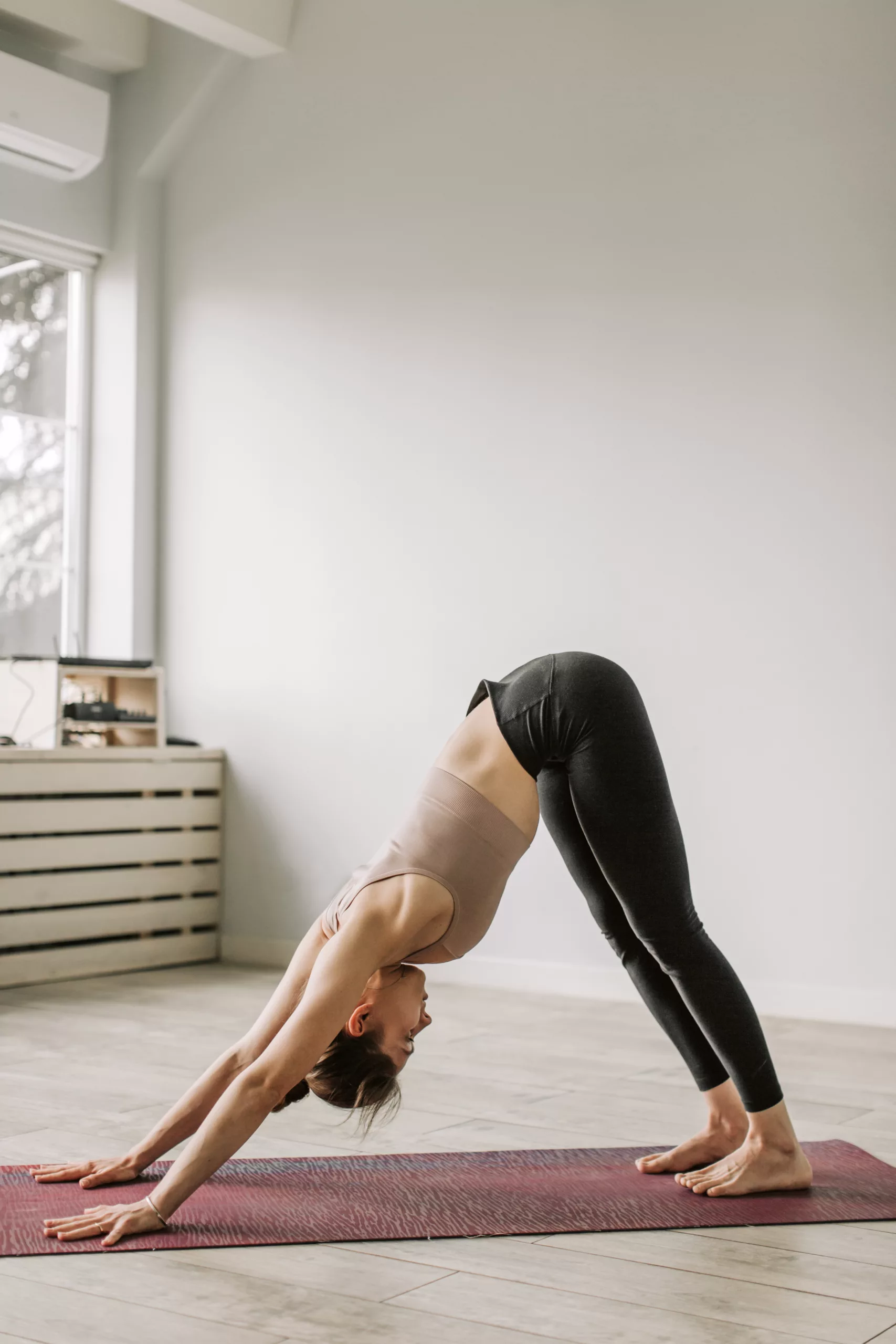
Relaxation Techniques to Manage Sleep Apnea
In addition to the physical practices of yoga, incorporating relaxation techniques into your daily routine can greatly benefit individuals with sleep apnea. These techniques aim to calm the mind, reduce stress, and promote a sense of deep relaxation. Here are a few relaxation techniques that can be effective in managing sleep apnea:
Yoga Nidra (Yogic Sleep)
Yoga Nidra, also known as yogic sleep, is a guided meditation practice that promotes deep relaxation and conscious awareness. Lie down on your back in a comfortable position, with your legs slightly apart and your arms resting alongside your body. Close your eyes and follow a guided meditation, allowing your body and mind to enter a state of deep rest. Yoga Nidra helps reduce stress, calm the nervous system, and promote overall well-being. Regular practice can lead to improved sleep quality and a reduction in sleep apnea symptoms.
PMR (Progressive Muscle Relaxation)
Progressive Muscle Relaxation (PMR) is a technique that involves systematically tensing and relaxing each muscle group in the body. Find a comfortable seated or lying position and close your eyes. Begin by focusing on your breath, taking slow, deep breaths to relax your body and mind. Start with your toes and gradually work your way up, tensing and then releasing each muscle group. Allow any tension or stress to melt away as you move through the different muscle groups. PMR helps release physical and mental tension, leading to a state of deep relaxation.
Guided Meditation
Guided meditation involves following a recorded or live meditation session that guides you through various relaxation techniques and visualizations. Find a quiet and comfortable space, close your eyes, and allow yourself to be guided by the meditation. This practice helps calm the mind, reduce stress, and create a state of deep relaxation. By incorporating guided meditation into your daily routine, you can promote better sleep and effectively manage sleep apnea.
Incorporating Yoga into Daily Routine
To maximize the benefits of yoga for sleep apnea, it is important to develop a consistent practice and incorporate it into your daily routine. Establishing a regular routine allows the body and mind to adapt to the practice, enhancing its effectiveness. Here are some tips for incorporating yoga into your daily routine:
Morning Yoga Practice
Consider starting your day with a gentle yoga practice. This can help awaken your body, increase blood flow, and prepare your mind for the day ahead. Begin with a few rounds of deep breathing or alternate nostril breathing to center yourself. Then, incorporate a series of gentle yoga poses and stretches to open up the body and energize your system. Even a short 15-minute practice can make a significant difference in how you feel throughout the day.
Evening Yoga Practice
An evening yoga practice can help unwind the body and mind, preparing you for a restful night’s sleep. Choose a series of relaxing yoga poses, such as forward folds, gentle twists, and restorative postures. Focus on deep breathing and allow yourself to release any tension or stress accumulated throughout the day. Incorporating relaxation techniques, such as Yoga Nidra or guided meditation, can further enhance the calming effect of your evening practice.
Integration of Yoga with Sleep Hygiene Practices
In addition to a regular yoga practice, it is important to follow proper sleep hygiene practices to optimize sleep quality. Establish a consistent sleep schedule by going to bed and waking up at the same time each day. Create a relaxing bedtime routine that helps signal to your body that it is time to sleep. This can include activities such as reading a book, taking a warm bath, or practicing gentle yoga stretches. By integrating yoga into your sleep hygiene practices, you can create an environment that promotes relaxation, ease, and improved sleep.
Maintaining Regular Yoga Practice
Maintaining a regular yoga practice is key to experiencing the long-term benefits of yoga for sleep apnea. By setting realistic goals, tracking your progress, and seeking support from yoga communities, you can stay motivated and committed to your practice.
Setting Realistic Goals
When starting a yoga practice, it is important to set realistic goals that align with your capabilities and lifestyle. Start with short practice sessions and gradually increase the duration and intensity as you become more comfortable. Be gentle with yourself and avoid pushing beyond your limits. Setting achievable goals will help you stay motivated and ensure continued progress.
Tracking Progress
Keeping track of your progress can be a great source of motivation and encouragement. Maintain a yoga journal or use a digital tracking tool to record your practice, including the duration, poses, breathing techniques, and any observations or experiences. Regularly reviewing your journal or tracker will help you see how far you have come and make adjustments to your practice if needed.
Seeking Support from Yoga Communities
Engaging with yoga communities can provide valuable support and inspiration on your yoga journey. Consider joining a yoga class, participating in workshops, or connecting with like-minded individuals through online forums or social media groups. Sharing your experiences, receiving guidance from experienced practitioners, and celebrating achievements with others can enhance your yoga practice and keep you motivated.
Potential Lifestyle Changes
In addition to incorporating yoga into your daily routine, certain lifestyle changes can further optimize the management of sleep apnea. These changes focus on maintaining a healthy diet, improving sleep quality, and managing stress levels.
Maintaining a Healthy Diet
A healthy diet plays a crucial role in managing sleep apnea. Avoid consuming heavy meals or caffeine close to bedtime, as these can interfere with sleep quality. Incorporate a variety of whole foods, such as fruits, vegetables, whole grains, lean proteins, and healthy fats, into your diet. Reduce your intake of processed foods, sugary snacks, and alcohol, as these can contribute to inflammation and sleep disturbances. A balanced diet will support overall health and improve sleep quality.
Improving Sleep Quality
Implementing good sleep hygiene practices can greatly improve sleep quality for individuals with sleep apnea. Create a conducive sleep environment by ensuring your bedroom is dark, quiet, and at a comfortable temperature. Invest in a supportive mattress and pillows to promote optimal spinal alignment and reduce any discomfort. Establish a relaxing bedtime routine that includes activities such as reading, taking a warm bath, or practicing yoga and mindfulness. Limit exposure to electronic devices before bed, as the blue light emitted can disrupt sleep patterns. By prioritizing sleep hygiene, you can enhance the effectiveness of your yoga practice and improve sleep quality.
Managing Stress Levels
Stress is a common trigger for sleep apnea and can exacerbate its symptoms. Implementing stress management techniques can help reduce the impact of stress on your sleep and overall well-being. Alongside your yoga practice, consider incorporating other stress-reducing activities into your daily routine. This can include meditation, deep breathing exercises, journaling, spending time in nature, or engaging in creative outlets. Find activities that resonate with you and promote a sense of calm and balance. By proactively managing stress, you can create a more harmonious and restful sleep environment.
In conclusion, yoga offers a holistic approach to managing sleep apnea, addressing both the physical and mental aspects of the condition. By incorporating specific yoga poses, pranayama techniques, and relaxation practices into your daily routine, you can improve breathing patterns, strengthen the respiratory system, reduce stress, and enhance overall sleep quality. Remember to consult with a healthcare professional before starting any new exercise or breathing regimen, and listen to your body to ensure a safe and effective practice. With regular commitment and a mindful approach, yoga can be a valuable tool in the management of sleep apnea, leading to improved health, well-being, and a good night’s sleep.
